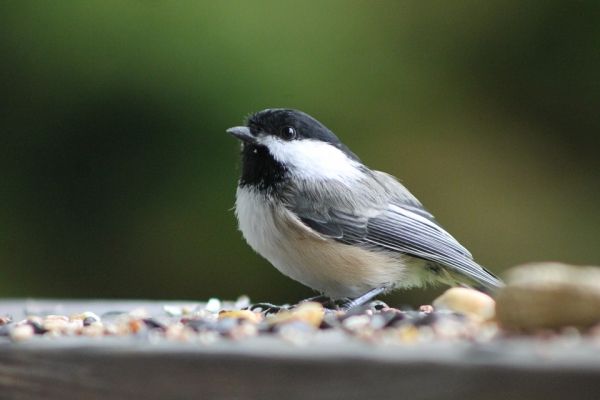Is there something universal about the sounds we make that allows vocal learners—like songbirds—to figure out how we’re feeling? Sounds like it, according to new research by University of Alberta scientists.
The researchers examined the elements within vocalizations that indicate a level of arousal such as fear or excitement. They found that both humans and black-capped chickadees can detect arousal levels in other species.
“The idea is that some species can understand other species’ vocalizations,” explained Jenna Congdon, PhD student in the Department of Psychology. “For instance, a songbird is able to understand the call of distress of a different type of songbird when they are in the presence of a predator, like an owl or a hawk. Or, for example, if your friend scared you and you screamed. Both of these are high-arousal vocalizations, and being able to understand what that sounds like in a different species can be very useful.”
Sounds like it
Under the supervision of Professor Chris Sturdy, Congdon conducted two experiments, one examining chickadees and another examining humans. In the experiments, participants distinguished between high- and low-arousal vocalizations produced by other species, including alligators, chickadees, elephants, humans, pandas, piglets, ravens, macaques, and tree frogs. Human subjects were able to identify high arousal in different species.
Read more at University of Alberta
Photo credit: ProjectOWL via Pixabay


